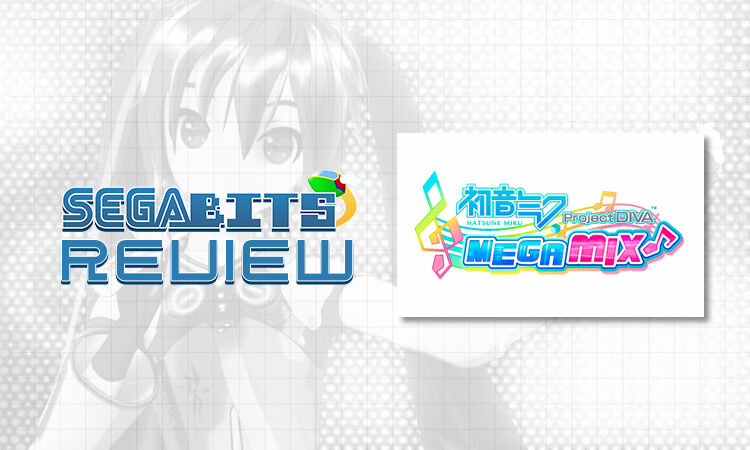
Review code provided by SEGA.
Rhythm games are cool. Anime is cool. Anime rhythm games are pretty cool. Sure, Hatsune Miku: Project Diva Mega Mix is not an anime game, but its energy, style, and content are sure to catch the attention of anyone who has even a passing interest in Japanese pop culture. At the very least, it might catch the attention of people who recognize the name attached: Hatsune Miku. I assume our readers have at least some grasp on who and what Hatsune Miku is, but I’ll give the skinny anyway.
Hatsune Miku is/was (the name situation is currently up in the air if I remember) a Vocaloid, a Japanese voice synthesizer program from the late 2000’s that became hugely popular, influential, and got massive worldwide attention. While most musicians and Japanese idols (whom Miku is meant to evoke) have a stable cast of producers, writers, and other musicians, Vocaloid is for anyone to use, and so, a rhythm game showcasing the best of what her users create was a no-brainer. This game is a tenth anniversary celebration of that game, and is chock-full of fantastic and funky beats and tracks.
However, to find out if it’s a game worth your passing attention or a deeper dive, you should read below to see if this is a ‘cool’ you want to get down with.
Style Points
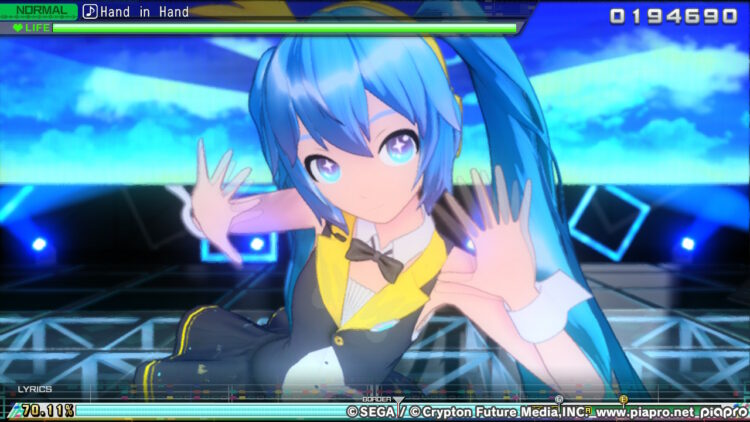
The first thing to jump out at anyone with Project Diva is its style. Off the bat, the intro shows considered direction, some excellent art design, and top-notch visuals. Most of all, the intro’s music is poppy, super energetic, and loaded with thumping bass. Showcasing each of the game’s six characters as well as its star role in many different outfits and situations, it summarizes what this game is: a variety-filled, thumpin’ rhythm collection with visual style to match its aural showings.
The game is gorgeous and never stops proving that it can show consistency despite tackling so many different types of visual and audio aesthetics. With the help of the individual creator’s fantastic compositions and SEGA’s background videos, Project Diva has a wonderful, and very distinctly ‘anime’ vibe. That said, the game has some inconsistencies in quality. While each video was made with a degree of obvious clear love, there are some glowing stand-outs and some glaring duds. Several videos are simply the chosen character(s) dancing on a stage or a static 3D backdrop. Others are full blown music videos with impressive visuals and a story to tell. While the former clearly took incredible work to make, as the backgrounds are always well-detailed and the dances intricate, other songs with more considered videos easily take them over in memorability.
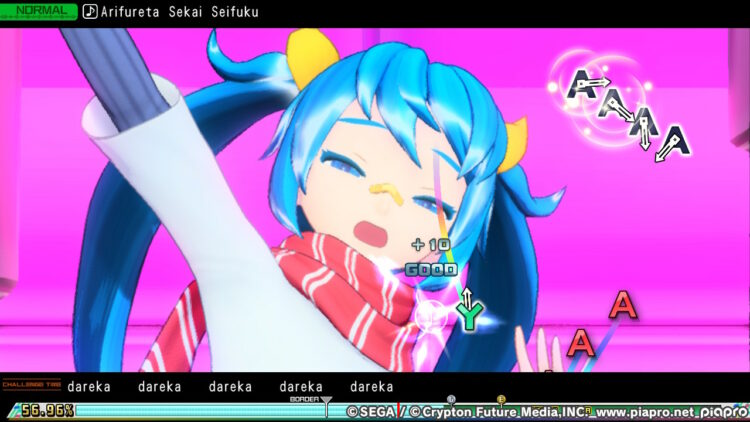
As I mentioned above, if you have an appreciation for Japanese pop culture, you can probably appreciate what’s on show here, or even already love it. If you aren’t someone who plays a lot of Japanese games, or watches a lot of Japanese television, the appeal may be lost on you, and I don’t know if I can convince you otherwise. If you don’t like this style already, there’s probably not much I can do to convince you—but frankly, the game isn’t interested in convincing you, either.
This is a game for Vocaloid fans first and foremost. Obviously, I’m in the target demographic; my Miku posters, plushes, and book are testament enough. The game isn’t really interested in showing Vocaloid to new people or convincing those not already in the fandom of its worth. This leads to some genuine detriments as you go deeper, but I’ll say this; if you’re not into Vocaloid, but you do enjoy Japanese pop stuff, you shouldn’t pass this game over. Its style will more than likely be enough to win you over.
As a final brief note, performance in the game is solid. The only hiccup I can note is that in handheld mode, the videos clearly run at a lower framerate, and this can prove to be distracting as the 2D visual elements, like the notes, continue running at 60 frames per second. This is the only thing really noteworthy about performance, though.
Groovy Beats and Funky Feats
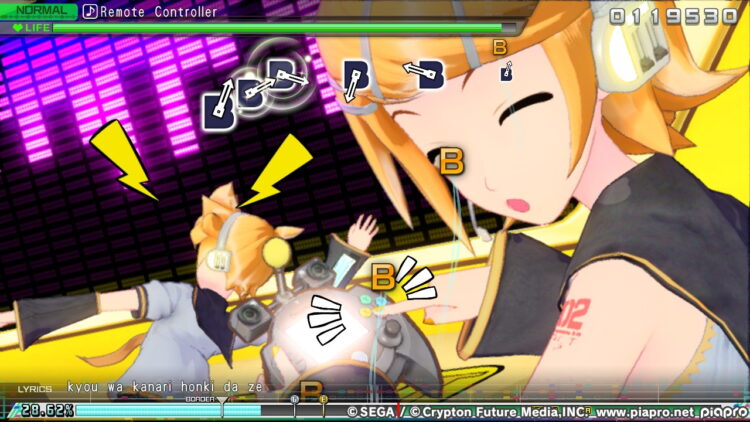
The core gameplay of Project Diva is simple: buttons (the X, A, B, Y of the Switch to be precise) fly across the screen into little holes shaped like the letter, and you press the button when the flying letter hits the hole. It’s as simple as a rhythm game gets, but while most famous rhythm games are designed for alternative controllers or arcades, Project Diva was always designed controller first, originating on a handheld. As such, it’s amazingly easy to pick up, and the game is comfortable handheld, with Joycons separate, or a pro controller.
Project Diva is, however, known for its high difficulty, and despite its simple controls, the game can be very, very difficult. Timing is incredibly strict, leaving only a small margin of error. The beat is always changing up as the notes alternate following lyrics, backing instruments, and the core beat. This is where the biggest consternation with Project Diva Mega Mix comes: its difficulty feels somewhat scatterbrained. It can sometimes be difficult to parse what part of the song the notes are following, and timing can change at a moment’s notice to strange time signatures. It’s not a problem that plagues every song, but it comes up often enough to be a consistent issue I had. Normal is the difficulty where this issue crops up the most; often I found myself struggling to follow the notes simply because I was also trying to keep on beat, and these two ideas seem very exclusionary in some songs. Plus, some songs are a walk in the park, even higher energy ones, while some I can only barely get through with a passing grade. Ah, yes, and it’s hard to forget that simply getting to the end of a song is not enough; you must also pass a minimum percentage threshold for it to count. Project Diva wants you to earn your clears.
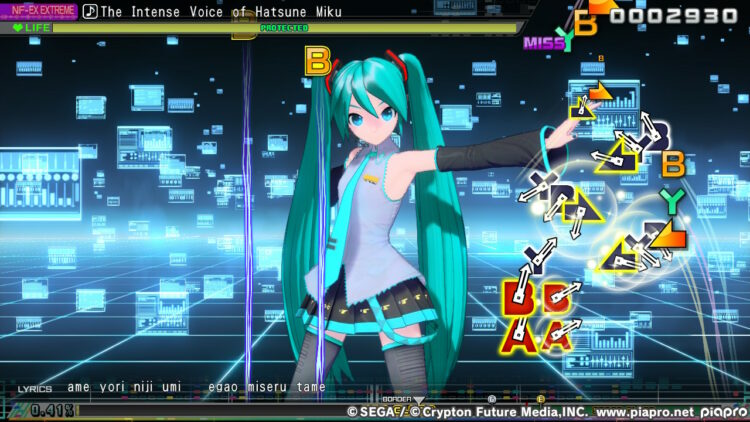
I didn’t even attempt this song at this difficulty.
I personally currently feel most comfortable on normal, despite its inconsistencies. I admittedly have various issues with processing certain faster paced games, and found hard and above a problem for me to even lightly keep up with. But when I’m feeling stressed out, I can always go to Mega Mix’s brand new way to play, Mix Mode. Or at least, I would, if Mix Mode weren’t so awkward. This is a mode played exclusively with the two Joycons, and are motion controlled, with both controllers held up and your hand put in a thumbs up gesture. You press the ZR and ZL buttons to hit commands, and twist the Joycons to move your cursors. The motion to do it is difficult to describe, and completely unnatural. You twist each wrist independently, almost as if you’re turning a valve or something, but not really. I keep wanting to move my entire arm left or right, or lean, or do something that feels a little more like sliding something left or right, but it simply doesn’t work. It can be fun when you get used to it, but otherwise, isn’t really something to bother with. Maybe make your friends look weird by making them do it.
Greatest Hits
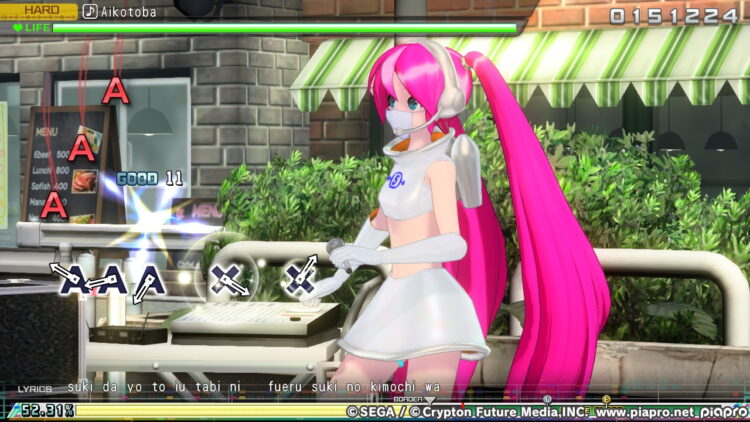
Mega Mix’s big claim to fame is its sheer amount of content. Over a hundred songs (and more with DLC), more costumes than can be counted, and endless customization options abound; costumes from the videos and even a few SEGA references from Virtua Fighter to Puyo Puyo to Space Channel 5 are thrown in for good measure. but that’s about all you can expect from the game. I’ll confess, prior to this, I hadn’t played a Project Diva game. My only exposure to Miku in gaming before this was Project Mirai DX on the 3DS. Going from that to this and seeing just how much Mirai had to do in comparison kind of shocked me. Much of what Mirai contained was fluff, but it was all pretty fun fluff. Project Mirai DX’s extreme was having so much to do that the actual rhythm game portion took up a very small part of the menu, while Project Diva Mega Mix is so spartan the rhythm game is all there is. I can’t fault the game for this at all, I would be a fool to ask that my rhythm game do more things than be a rhythm game, but it was something that stood out.
Besides cosmetics of course, is the songs. The soundtrack is breathtaking not just in its scale, but also its quality and its variety. I gravitated more towards thumping, fast paced songs and anything with a heavy electronic basis, but there’s everything from ballads to metal to house to opera. If you have a taste in music, Mega Mix has something for you. One related piece of extra modes, one of the few, is a playlists feature, where you can essentially create your own album and have them play in sequential or shuffled order. The songs play without needing inputs, and with a pair of headphones or earbuds, can be enjoyed as casual listening from your Switch. Even while writing this review, I had my own playlist running with some of my favorites. Though, more control over playing these songs, as well as the ability to set custom playlists to actually play like a gauntlet would be nice.
(Some of my personal picks by the way, include Alien Alien, Remote Controller, and 39 Music!.)
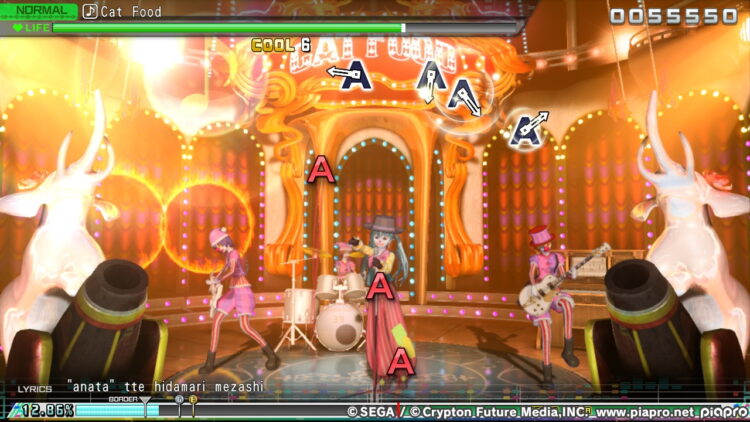
My most major complaint with the music and content is an unfortunate reality of both licensing and perhaps some kind of fandom expectation. Songs can be organized by singer, but not by author, genre, album, or originating game. For a fan like myself who may not be familiar with the discography of all the artists, this is disappointing, especially as some names remain untranslated, and as a celebration/compilation game, I find it strange that the game makes no mention of which song what games and videos come from. It unfortunately may also be a fact that this game just expects you to know all this already. The game assumes you’re either a dedicated Project Diva fan or a diehard Vocaloid lover. The game may just not be concerned with accommodating those in the middle or those who are unfamiliar. Plus, of the one hundred tracks, Hatsune Miku stars or features in sixty six. The rest of the characters get absolute scraps in comparison. The game is named after her, sure, but a more even spread would be appreciated. I suppose that’s what the DLC is for, though…
On top of this, the songs themselves remain completely untranslated. Lyrics are represented through romanizations of the Japanese, and text found within the videos goes entirely without explanation for an English reader. This can certainly make the game off-putting for some, especially as the lyrics often convey deep, emotional, and mature themes that you must go out of your way to find fan translations of to appreciate. Alas, this is simply a reality of music licensing—getting the lyrics in English is prohibitively expensive for all but the most famous and high budget of localizations.
To Take or Leave
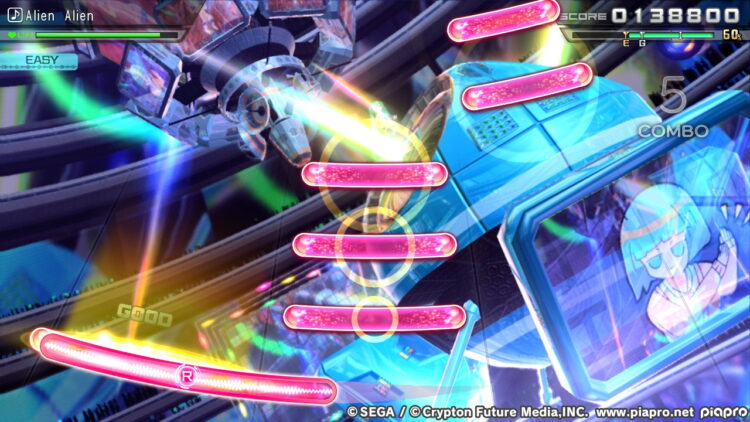
At the end of it all, Hatsune Miku: Project Diva Mega Mix is a really, really solid rhythm game that features tons of content, oozes style, and packs a solid challenge. If the game could just nail down its small inconsistencies in difficulty, I’d consider it a must-have. The only potential turn-off is if you’re just not into this kind of style. It’s a sell for me, but not as easy for others. And, its price might seem a bit steep to boot if you’re not usually into rhythm games. Again, though, the game isn’t really interested in bringing in new fans, but if you’re already into Vocaloid, I’d consider it an easy purchase. If you’re not, there’s always a free demo on the eShop, as well as a free to play Project Diva on the PlayStation 4.
Positive:
-
- Massive amounts of content
- Wonderful variety and style
- Fun and simple gameplay
Negative:
-
- Inconsistent difficulty
- Relative lack of content for characters besides the title idol
- Mix Mode is awkward and underwhelming
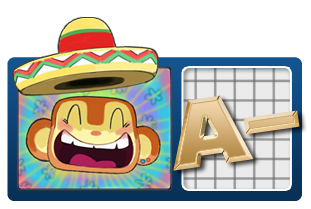 “A no-brainer for anime-loving rhythm fans!”
“A no-brainer for anime-loving rhythm fans!”

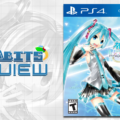


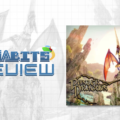
This was a really well written review. Great work.